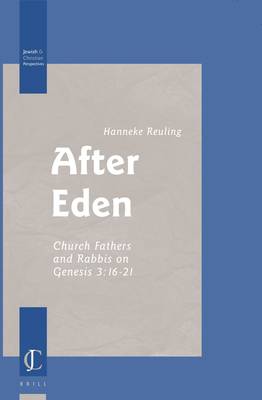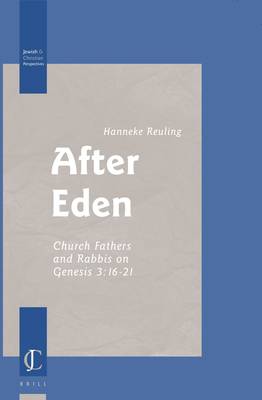
- Afhalen na 1 uur in een winkel met voorraad
- Gratis thuislevering in België vanaf € 30
- Ruim aanbod met 7 miljoen producten
- Afhalen na 1 uur in een winkel met voorraad
- Gratis thuislevering in België vanaf € 30
- Ruim aanbod met 7 miljoen producten
Zoeken
Omschrijving
This volume charts the interpretation of Genesis 3:16-21 in a number of patristic and classical rabbinic sources. It is a case study in the reception of a biblical fragment in two intrinsically related yet distinct interpretative communities: early Christianity and rabbinic Judaism. Following the lead of the biblical text, this study sheds new light on each traditions' view of the human condition, more specifically on the way Church Fathers and Rabbis approach the themes of procreation, labour, mortality and corporeality.
The book carefully studies the reading of the biblical text as proposed by a number of representative and influential authors or documents, including Ambrose of Milan, Didymus the Blind, John Chrysostom and Augustine, as well as Genesis Rabbah and Avot de Rabbi Nathan. The introductions at the beginning of each chapter enable also the non-specialist to enter the distinct literary worlds of midrash and patristic Bible interpretation.
The book carefully studies the reading of the biblical text as proposed by a number of representative and influential authors or documents, including Ambrose of Milan, Didymus the Blind, John Chrysostom and Augustine, as well as Genesis Rabbah and Avot de Rabbi Nathan. The introductions at the beginning of each chapter enable also the non-specialist to enter the distinct literary worlds of midrash and patristic Bible interpretation.
Specificaties
Betrokkenen
- Auteur(s):
- Uitgeverij:
Inhoud
- Aantal bladzijden:
- 371
- Taal:
- Engels
- Reeks:
- Reeksnummer:
- nr. 10
Eigenschappen
- Productcode (EAN):
- 9789004146389
- Verschijningsdatum:
- 11/10/2005
- Uitvoering:
- Hardcover
- Formaat:
- Genaaid
- Afmetingen:
- 167 mm x 242 mm
- Gewicht:
- 594 g

Alleen bij Standaard Boekhandel
+ 683 punten op je klantenkaart van Standaard Boekhandel
Beoordelingen
We publiceren alleen reviews die voldoen aan de voorwaarden voor reviews. Bekijk onze voorwaarden voor reviews.








